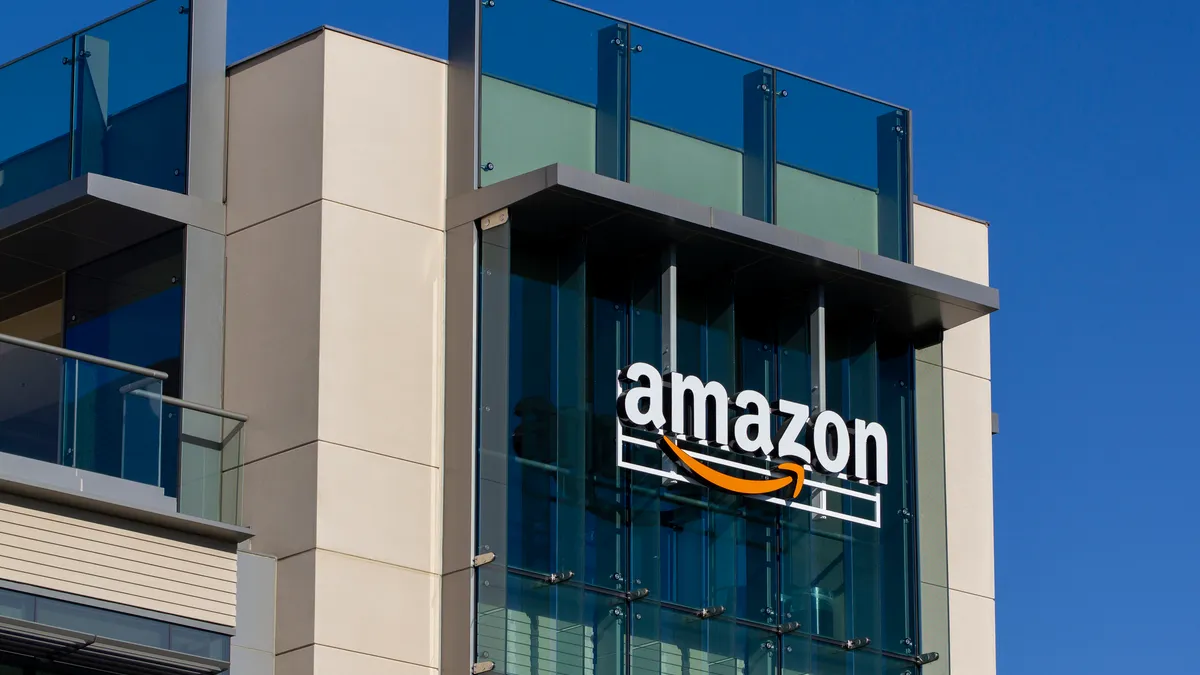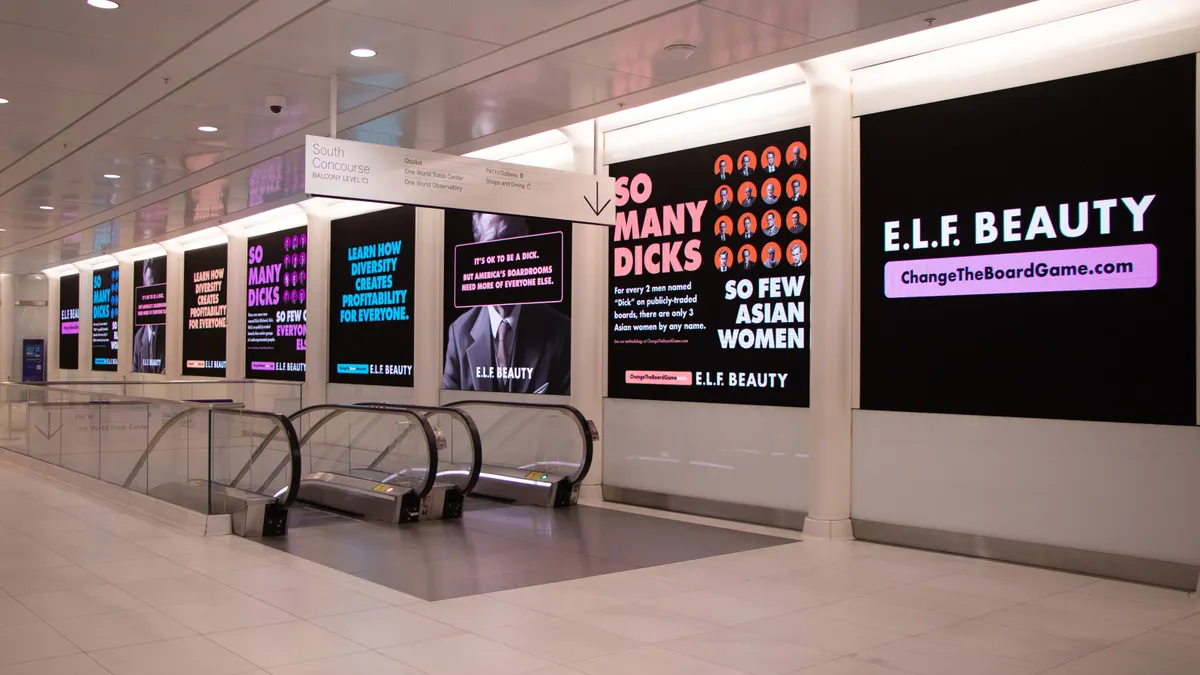Amazon’s revenue derived from advertising jumped 24% year over year to $17.7 billion in Q3, according to an earnings statement. Those figures bested analyst expectations for the segment, an increasingly important profit driver, and added to a string of earnings reports that have seen major digital ad platforms sustain healthy demand despite economic uncertainty stemming from tariffs.
Also in line with this week’s Big Tech earnings: Amazon’s soaring investments in artificial intelligence (AI), a technology that is becoming more deeply embedded in the e-commerce giant’s ads infrastructure. Amazon’s stock popped following the overall positive report.
Amazon in September debuted a generative AI-powered agent within its Creative Studio that aids marketers with the campaign development process, from product research to spinning up creative assets and deploying media across Amazon Ads properties. Those tasks are supported by existing image, video and audio generators underpinned by AI. Amazon raised its expected capital expenditures for the full year to $125 billion versus a prior $118 billion, and executives said that that amount will likely increase in 2026 amid the AI arms race.
Discussing the quarterly results with analysts, Amazon CEO Andy Jassy said that the company helps brands reach an ad-supported audience of more than 300 million consumers in the U.S. The executive also called out momentum for Amazon’s demand-side platform (DSP), which has broadened well beyond its roots in retail media to support popular services including Roku, Netflix, Spotify and SiriusXM. Jassy said that Amazon has been able to address perceived gaps in its DSP over the past 20 months so that the ad-tech offering is now “fully featured.”
In addition, Jassy highlighted how Amazon’s array of live sports content, including NBA and NFL games on Prime Video, is stoking greater advertiser interest at the top of the marketing funnel, a growing area of focus. The company exceeded its expectations on recent upfront commitments, where publishers and platforms broker large ad-spending deals with buyers.
“Every single one of our advertising offerings this quarter grew in a meaningful way,” Jassy said on the earnings call.
Amazon’s experiments in AI also appear to be gaining traction with consumers. Rufus, an AI shopping assistant, has been used by 250 million active customers this year. Interactions with Rufus increased 210% YoY in Q3, though the technology was only made widely available in the U.S. in September 2024. Shoppers who use Rufus are 60% more likely to make a purchase, according to Amazon, and the tool is on track to generate over $10 billion in incremental annualized sales.
“We’re also having conversations with and expect over time to partner with third-party agents,” said Jassy. “I think that it reminds me in some ways of the beginning of search engines many years ago being sources of discovery for commerce.”













